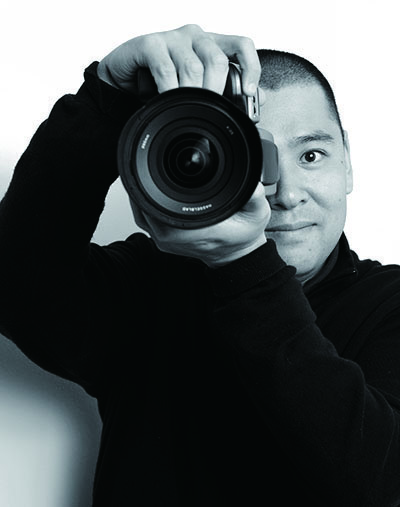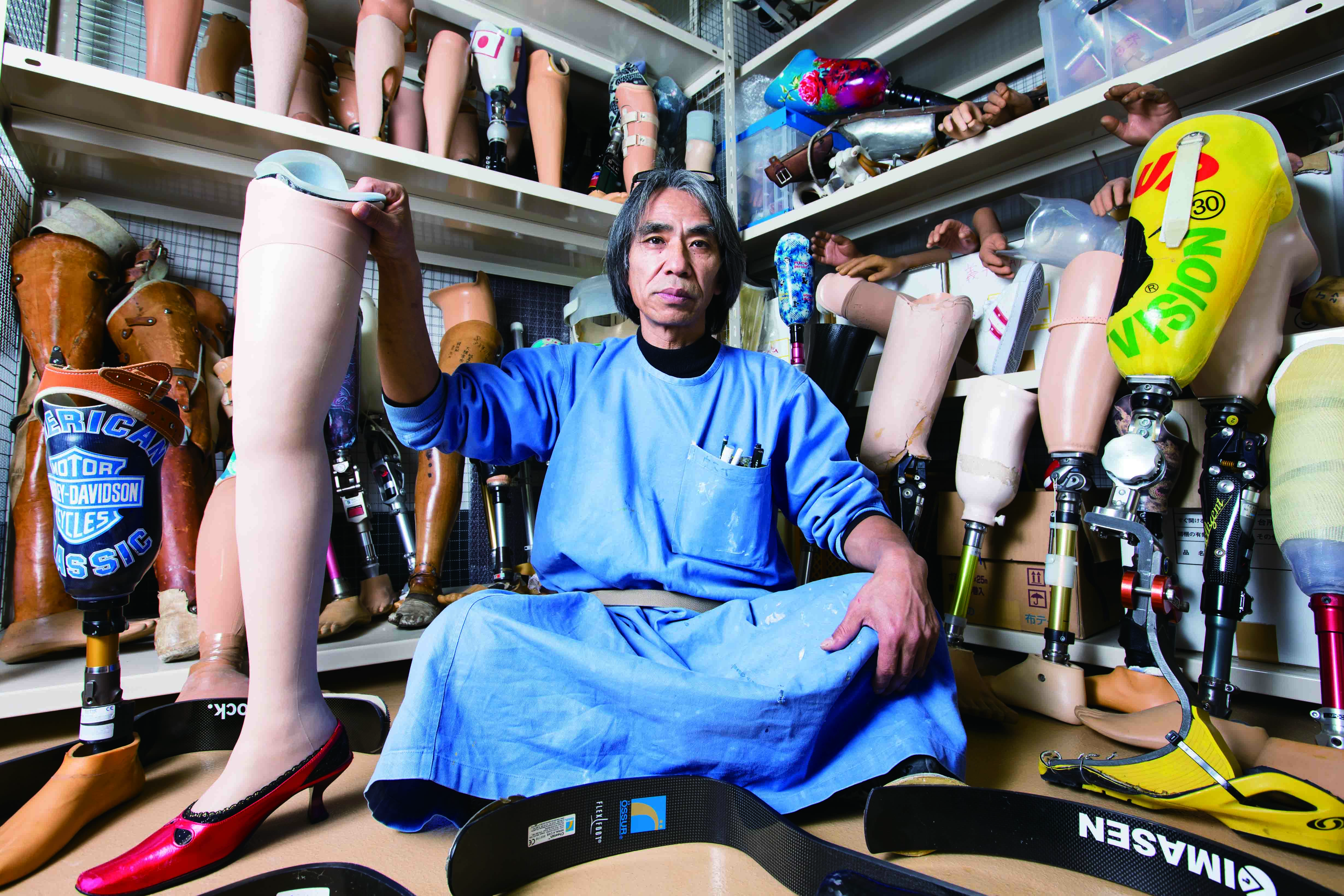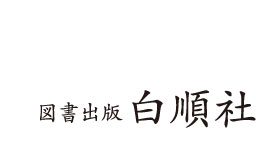

When Takao Ochi went to Sydney in 2000 to photograph the Para-Olympics games, he understood for the first time the barriers people create with their preconceptions about the disabled. “The Para-Olympics are a competitive sport. If you forget about feeling sorry for the athletes, or admiring them for trying so hard despite their disability, then you can truly focus on their performances. And if you do this, all the negative images associated with the word ‘disabled’ fall away. The walls between people disappear and unseen doors will open.” Some years later, Ochi himself suffered an accident that left him temporarily disabled. In pain and unable to lift his camera, he considered giving up photography completely. But prosthetic specialist Fumio Usui said something that showed Ochi the way forward: “He said some amputees believe prosthetic legs shouldn’t be hidden. I realized I needed to continue working so I could photograph women who feel pride in their prosthetics and want to show them to the world” This was the beginning of the “Amputee Venus” project. Ochi listened carefully to the women who agreed to participate. They all had clear ideas about what they wanted to wear and how they wanted to express themselves, and their individual beauty, strength and confidence is beautifully conveyed in Ochi’s photographs. “No matter what difficulties we face, if we believe in ourselves and keep moving forward, we can bring about change in ourselves and others. Photographs, too, have the power to break down barriers and open doors.”
Website: ochitakao.com
Facebook: facebook.com/ochitakao
Fumio Usui
One man made all the prosthetic legs you see in this book: Fumio Usui. He found his path as a prosthetics specialist thanks to a teacher he had in elementary school. He had special feelings for her, in the way that young boys sometimes do for a teacher they admire. While he was in her class, the teacher developed bone cancer and had to have one of her legs amputated, but she soon returned to the classroom, wearing an artificial leg. Many years later, when he was in his late twenties, memories of this teacher returned to him very suddenly.
“I had been drifting in life, unable to find purpose and direction,” he recalls. “And then I remembered her and it was like a revelation. I realized I had discovered my vocation.”
He had absolutely no idea how to get started, but while searching for a technical school where he might learn how to make prosthetics, he found his way to the Prosthetics and Orthotics Support Center of the Tetusdo Kosaikai Foundation, which was created in 1932 to assist railway workers injured on the job. After five years working there he began to get a feel of things. After ten years he felt he was finally developing some skill. He studied everything about prostheses but settled on prosthetic legs as his specialty.
The people who come to him have lost a leg. They have various troubles and feel confused and worried about the future. He makes legs for them. It’s not like fitting someone for a pair of shoes. He listens to them carefully, asking a myriad of questions: how they came to lose the leg. How they are now after the amputation. How old they are. What work they do. What their living situation is. And in the course of such conversations, he eventually finds the most important piece of information he needs.
“Their dream. In the end, it’s all about dreams. The most important thing I need to know is what they want to do once they have prosthesis. ‘I want to run as fast I can.’ ‘I want to ski.’ The type of prosthesis depends on what they want to do with it because, unfortunately, there is no one prosthetic leg that works for every situation.”
Making one leg takes several months. The finished product is heavier than you might think.
“That’s about 3 kilograms. Do you think that’s heavy? A human leg generally weighs 18 percent of total body weight, so the leg of someone who weighs 50 kilograms will weigh roughly 9 kilograms. This is much lighter than the real thing. When a leg is connected to you by bone and muscles, it doesn’t feel that heavy. But when a leg is a thing that you have to attach to yourself, then it feels heavy. But the right prosthesis, properly fitted, feels light. It’s like the difference you feel when wearing a pair of boots that are way too big compared to wearing a pair that fits just right. It’s much more tiring to walk in the ill-fitting pair.”
The right socket for a person’s stump is always a unique creation because every stump is different and requires a different fit. If a socket is off by even a few millimeters, it will throw the user’s balance off. Once you’ve got the socket right, the next challenge is alignment.
“You have to get the parts aligned exactly along the line in which force is applied when the user puts weight on the leg,” Usui explains. “Otherwise the force doesn’t carry through efficiently. You have to determine the line of force and adjust things so that the force carries through at the knee. If you don’t, there will be a mechanical loss of force and the leg will wobble. Also, everyone’s situation is different following an amputation, and you have to consider the person’s overall muscular strength after they have lost a limb and adjust accordingly.”
When the prosthetic leg is finished, the person learns to walk on it. They learn to run on it. When just one dream is achieved, their body begins to recover and so does their spirit. Then their prosthetic leg needs to change along with them.
“The settings when they first come into hospital will be different from when they leave. A prosthetic leg needs to grow and change along with its user. It needs to improve as its user improves.”
He answered without a moment’s hesitation. “You put it on and it becomes part of your body. You forget that you are wearing it.”
His sports club "Health Angels" website: healthangels.jp
Facebook: facebook.com/healthangels.amputee




